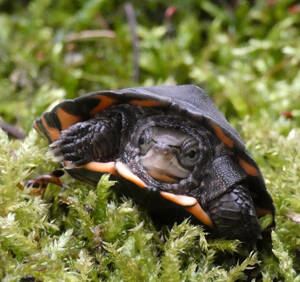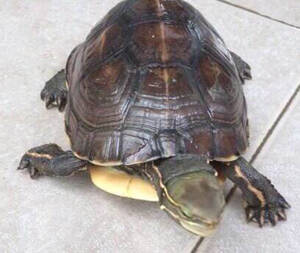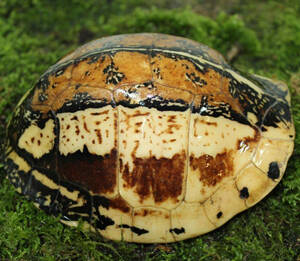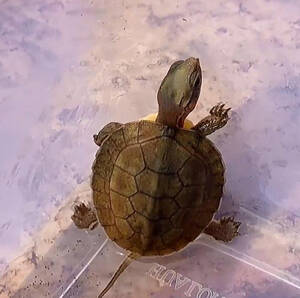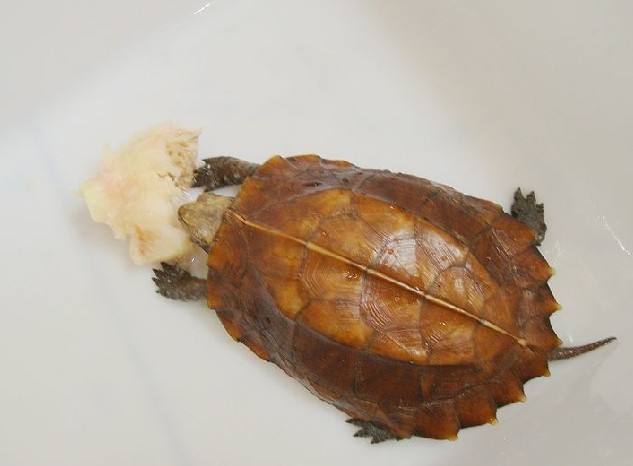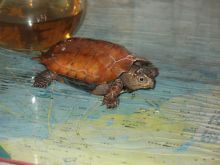Geoemyda spengleri
IUCN
LCBasic Information
Scientific classification
- name:Geoemyda spengleri
- Scientific Name:Geoemyda spengleri,Black-breatsed Leaf Turtle,Golden turtle, twelve-horned turtle, maple leaf turtle, black-breasted leaf turtle, twelve-winged turtle
- Outline:Testudines
- Family:Testudinata Testudinidae Geochelone
Vital signs
- length:
- Weight:
- lifetime:About 20 years
Feature
They eat small amounts and grow slowly.
Distribution and Habitat
In China, it is distributed in Guangdong, Guangxi, Hainan, and Hunan. Abroad, it is distributed in Vietnam and Laos.
It lives near mountain streams and ponds, and is semi-aquatic. Under artificial breeding conditions, it likes a cool and humid environment, is afraid of strong light, high temperature and dryness.
Appearance
The head is short and small, with a smooth and scaleless top. The carapace is maple leaf-shaped, slightly raised, with three ridges, and the front and rear edges are serrated, with the rear edge being strongly serrated. The front edge of the plastron is concave, and the rear edge is notched. The limbs are slightly flat and scaly. The head is light brown, with light yellow stripes on the sides of the head extending to the neck. The carapace is orange-yellow (some individuals are orange-red), tending to yellow-brown. The plastron is yellow with brown-black markings in the center. The head, neck, limbs, and tail are close to light brown, tending to brown, with scattered orange-red stripes or small black markings.
Details
The ground tortoise lives in the shaded and moist areas near streams in the mountain jungle at an altitude of about 700 meters, and is also often found in streams. It is terrestrial or semi-aquatic and cannot enter deep waters. The understory trees, vines and bamboos in its habitat are abundant, and the canopy density is mostly above 80%. It is omnivorous and feeds on various insects, worms, leaves and fruits of plants. It eats little and grows slowly.

When the weight of the tortoise reaches about 250 grams, the gonads begin to mature and have reproductive ability. Generally, they mate in September and October and start laying eggs in June of the following year. The egg-laying period is from June to August, and 2 to 6 eggs are laid each time. The eggs are white. They can lay eggs 2 to 3 times each season. The incubation temperature is 29 to 30 degrees, and the incubation period is about 65 to 75 days.

Listed in the "List of National Key Protected Wildlife in China" - Level II.
Listed in the "China Biodiversity Red List - Vertebrate Volume" (Reptiles) - Endangered (EN).


